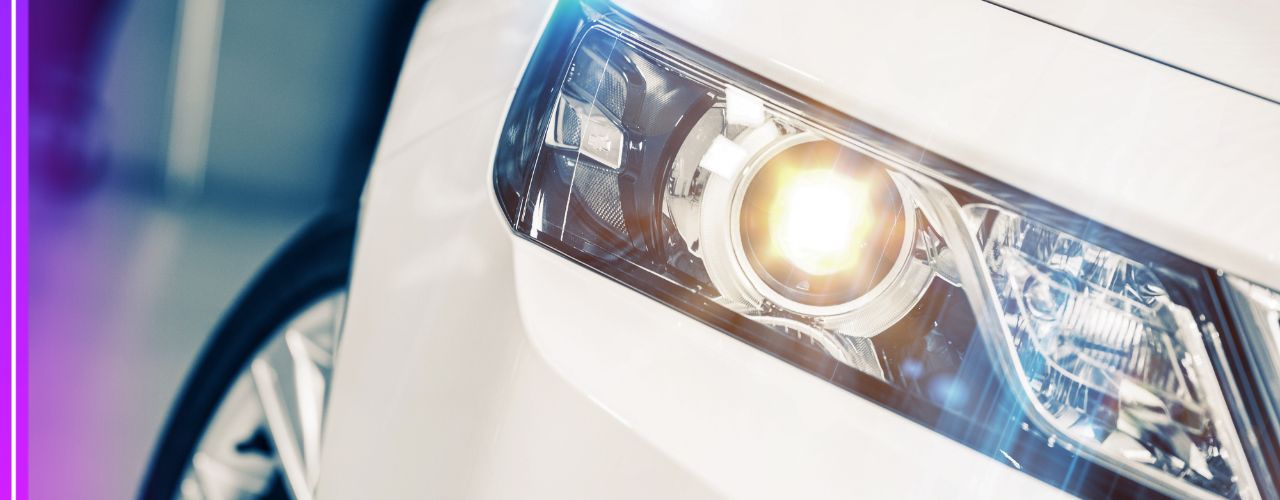Home » Xenon Lights Explained: How They Compare to LED and Halogen

When considering upgrades, xenon lights often come up first due to their strong brightness and clarity. When upgrading from halogen or even an LED bulb for cars, xenon lights stand out for their high-intensity beam and sharp clarity. But how do xenon’s compare to LEDs and traditional halogens? Let’s dive in.
Xenon bulbs – also known as HID (High-Intensity Discharge) lights – produce intense white-blue light by igniting xenon gas inside a bulb. This creates a sharp, bright beam that cuts through darkness more effectively than many alternatives. It’s no wonder drivers who use xenon lights for car upgrades often rave about the clarity and range they offer.
Switching from halogen to xenon bulbs brings noticeable benefits. Halogens run hotter, burn out faster, and lack clarity. Xenon bulbs last longer and shine brighter. However, they require ballasts (devices that control the voltage and current sent to the bulb) and proper installation to avoid glare. For drivers wanting a simple swap, LED lights tend to be easier, but xenon still stands out in raw brightness.
One common question is, “is xenon light better than LED?” Here’s a quick comparison:
Xenon lights offer striking brightness and a classic look, while LEDs provide instant light, efficiency, and durability. With evolving technology, LEDs are quickly becoming the top choice for most drivers. Still, xenon’s have a strong following for their signature beam.
Many modern vehicles use xenon headlights in the front with LED tail lights at the rear. Using LEDs in the rear adds style and saves power, making this mix a practical choice. In the debate of xenon vs LED headlights, both have strengths. Xenon offers strong brightness and long range, while LEDs provide energy efficiency and faster response.
When upgrading, it’s essential to follow safety guidelines. For example, the RSA outlines standards for High Intensity Discharge lights (HID):
Similarly, you should be aware of legal restrictions. Led Lights Ireland warns that improper bulbs can fail vehicle inspections:
If you crave sharper, more intense light and don’t mind installing ballasts or using aftermarket systems, xenon lights pack a visual punch. But if you prefer efficient, maintenance-free lighting with instant operation, LEDs are the smarter long-term investment.
Whether you’re looking for LED headlights, xenon lights, or a mix of both, we have you covered. Our high-quality, reliable options are designed to suit your driving needs. Visit LED Lights Ireland today to find the perfect lighting upgrade for your vehicle.
Our online shop offers premium quality LED lights for all vehicles, home, outdoor and commercial use, and auto accessories. LED Lights Ireland has exclusive supply chain deals with manufacturers. 100% Irish Stock & Next Day Delivery!
Important Links
Copyright © 2025. All Rights Reserved.